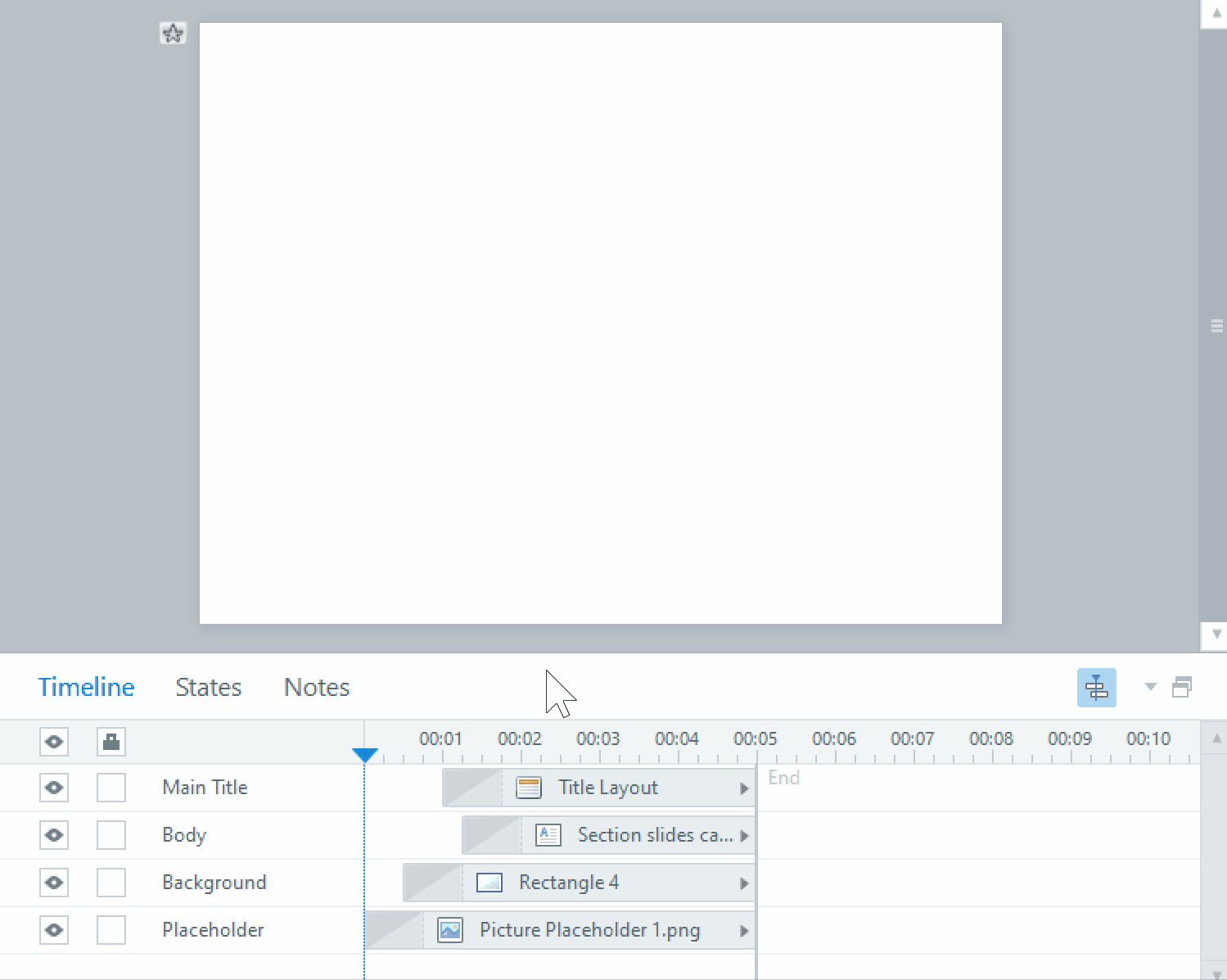Interactivity and elearning
Traditional workplace training uses training videos or a classroom lecture with a Powerpoint presentation, neither of which really requires your learner to do more than watch and listen. Elearning is meant to give your audience some control over how they receive their training. But making engaging elearning is more than that.
Interactive elearning means the learner has action something to view the course content. In general, there are specific reasons why they’re interacting. Do you want them to go from one piece of information to another? Are you giving them opportunities to explore? Or do you want them to collect some information and make decisions?

Let’s look at common reasons why people interact with elearning courses and then we can use that to build better interactive elearning. To keep things simple, we’ll look at three common reasons why people interact with their courses.
Course Navigation
The most obvious reason why people interact with the elearning course is to navigate from one point to the next. The “next” button is the most common form of interaction. We click it to navigate from one screen to another. This gives your learner some control around how fast they want to experience the content.
Of course, there are other ways to navigate content. The elearning might advance when the learner completes a task, or you might give your learner a choice of paths to select to view next.
Consider changing the ways your learner can proceed in your elearning to keep things fresh and interesting.
Exploration
Another common reason why people interact with the onscreen content is to explore and collect information. Most courses are linear and they require that a person click in a specific sequence. However, by allowing for non-linear interactivity, the learner has more control and can access the content they need, when they need it—or at least start with the content that seems the most interesting and relevant to them.
Click and reveal activities are great ways for your learner to get through multiple pieces of content in a non-linear way. These can be done with Storyline’s built in tabbed interactions, interactive labels, and sliders. Couple exploratory interactions with decision-making and you have the foundation for solid interactive elearning and dynamic branched scenarios. They let users explore and collect information to make the decisions required to demonstrate their understanding of the course content.
Make Decisions
Outside of navigation, the most common reason we interact in our online courses is to make decisions. Usually, it’s a simple quiz question with a submit button. But interactive elearning could also include decision-making scenarios or other non-standard assessments.
Ideally, it’s designed to make decisions and then get feedback based on our decisions. Sometimes the feedback is immediate and sometimes it’s delayed and compounded.
Decision-making interactions can include activities such as an assessment quiz, branched scenarios, and drag and drop interactions.
As you can see, assessments and decision-making interactions don’t have to rely on the out-of-the-box quiz questions. There are all sorts of ways to make the decision-making interactive to create a better learning experience. As you plan your next assessment, see if there’s a way to add some novelty or different ways to interact during the decision-making.
Understanding why they’re interacting with the course content will help you better determine how you want them to interact. And in turn, you’ll build better interactive elearning courses.
















